The Moza R9 in a nutshell
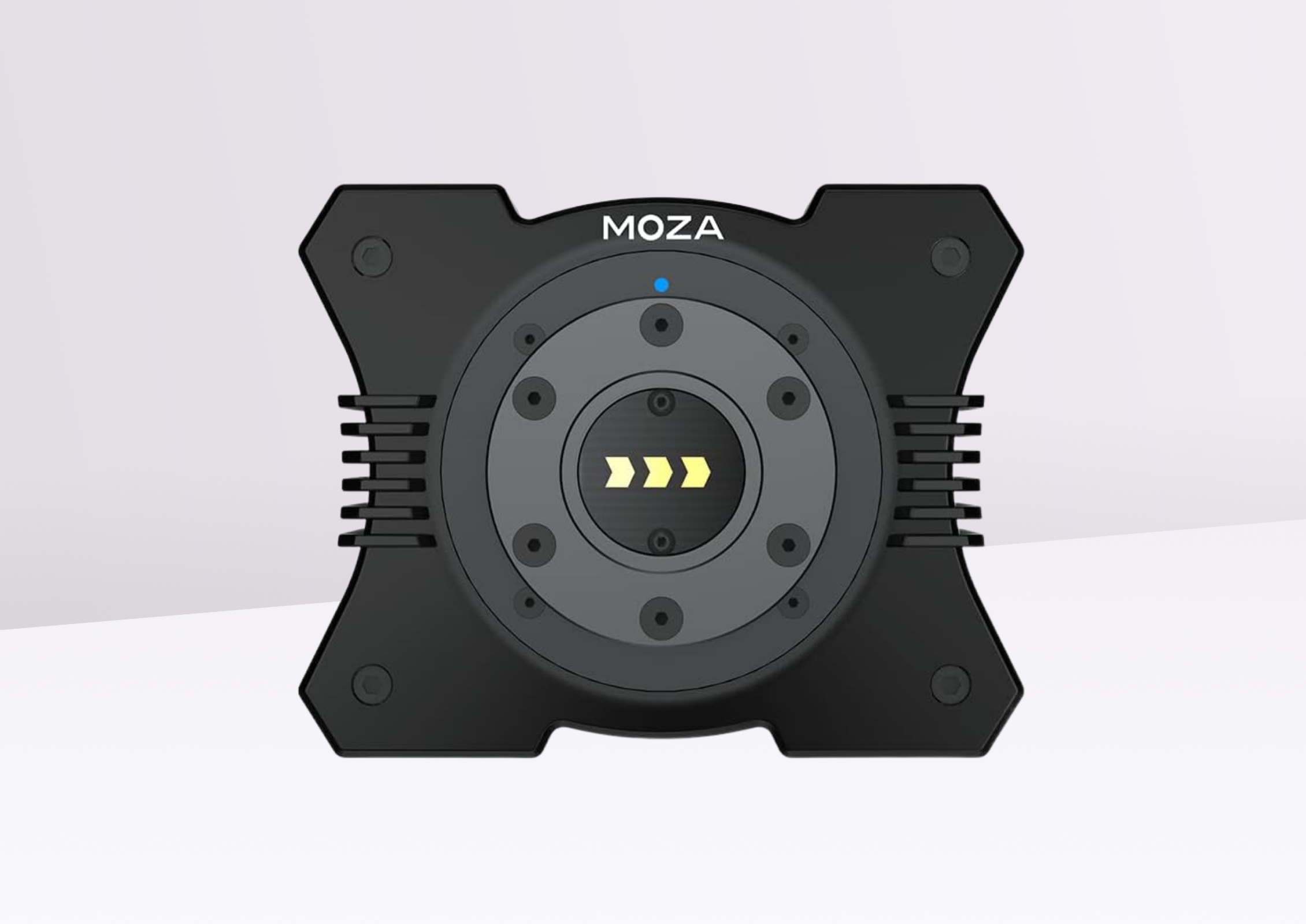
Advantages & Disadvantages
✅ Rather attractive value for money
✅ Good build quality
✅ Good driving feel
❌ Compatible only with PC platform
❌ Sometimes force feedback is blurred
ㅤ
Sim-racing players are numerous these days, with brands such as Fanatec having over 20 years’ experience in the game, Thrustmaster and Logitech. These players have built their reputations on incremental innovation with each generation of sim-racing products and peripherals, and it’s worked out superbly for them.
However, the Chinese empire has not been content to host virtually every product factory in the world, but has decided to compete on its own turf. In sim-racing, I’m of course referring to brands like Moza Racing and Simagic, which are young players in the sector but have pulled off a masterstroke by developing peripherals that can stand up to giants like Fanatec and Simucube.
Speaking of Moza Racing, this young Chinese manufacturer has come up trumps with a comprehensive, high-quality sim-racing catalog, mainly aimed at Fanatec. It has to be said that the German brand had put a big target on its back by releasing the CSL DD base at a low price. Today, in 2023, Moza is fighting for market share, and its R9 base plays a very important role in its plan. In what follows, I’ll introduce you to this base and give you my opinion on it.
Main and technical characteristics of the base
- Compact Direct Drive base with 9 nm maximum torque
- High weight of almost 7 kg on the scales
- PC-only compatibility
- Unlimited angle of rotation
- Solid, premium aluminum construction
Moza R9 design
The design of the Moza R9 bears a striking resemblance to that of the Fanatec CSL DD, and with good reason; the Chinese manufacturer of sim-racing peripherals is clearly targeting the German giant and its product range. As far as I’m concerned, I don’t find any drawbacks, and the Moza R9 is quite handsome. It follows the same design as its little sister, the R5, with an all-black matte finish and a few Moza logos here and there.
It’s really beautiful, especially the drive shaft, which is painted the same color as the base. Fanatec, with its Base Side QR1, doesn’t do this, for example. Talking of the shaft, it’s large compared to the competition, and reminds me of Simagic’s shafts. It features Moza’s in-house QR, largely inspired by those used in motor racing, with a wireless connection.
Overall, it’s really beautiful and will go perfectly well with any setup.
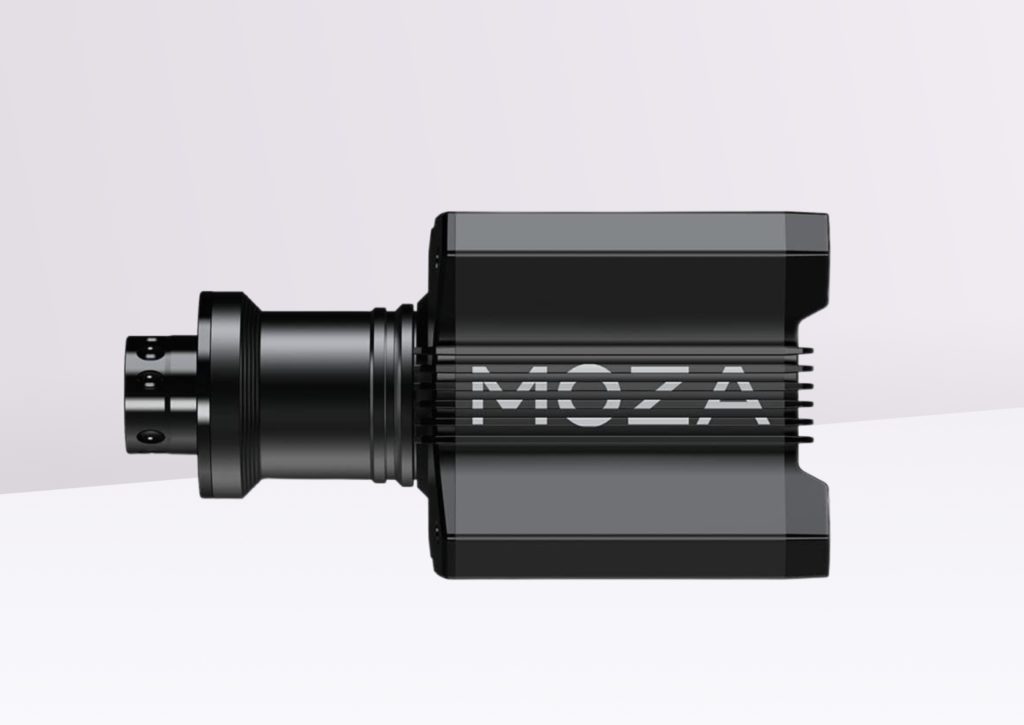
Customized assembly
The Moza R9 is mounted from the bottom, using 4 screw attachment points. Most cockpits on the market will accommodate the Moza R9’s mounting system without the slightest problem. And if you’re using a table or desk, you’ve got a base that can be attached to your furniture and accommodate the base. However, this configuration must be carried out on sturdy furniture, as the R9 develops 9 nm of torque.
As for the assembly operation itself, it shouldn’t take you long, whatever the support you use (cockpit or furniture). It’s very user-friendly, and we can see that the brand has taken its time in developing its base.
Manufacturing and finishing
The Moza R9 is made from aircraft-grade aluminum, giving it strength, beauty and “lightness” in equal measure. I’m using quotation marks here, because the thing weighs in at nearly 7 kg on the scales.
As for the finish, it’s simply top-notch: everything is well done, the various parts fit together perfectly, and the paintwork is superb, especially the matte finish. You can feel that this product has been made with attention to detail, and you’re well served in the end.
Getting to know the base
Firstly, it’s heavy, on a par with the competition. Bases developing in this torque range have a big engine, and this is reflected in the weight. But otherwise, nothing to report. The paintwork and aluminum feel great, at least for the brief moment when you take the base in your hands to install it. After that, you’ll mostly be touching the steering wheel and shifter, if you’ve got one.
Moza Racing’s QR, and incidentally Simagic’s, is excellent, far ahead of Fanatec’s QR1. As you know, the connection between the steering wheel and Fanatec’s base is made via pins that fit into a kind of socket, as is the case with a computer processor. This solution is fine for PCs, as you only have to install the CPU once, but on a flywheel, you’re bound to swap it at some point and risk bending the pins.
With Moza and Simagic, the connection between the steering wheel and the base is wireless, eliminating any risk of damage. It’s really clever and very high-tech. What’s more, Moza’s QR is far superior to Fanatec’s QR1, in terms of strength on the drive shaft. However, many posts on the net indicate that the Moza QR is not the most reliable in the long term. So…
Sensations during play
Let’s move on to the in-game feel of the Moza R9. First of all, the engine used by Moza Racing for this base model is simply excellent, delivering superbly balanced torque at every power level set with the Pit House software. And that’s something you don’t see every day in sim-racing. Generally speaking, base engines only perform well when left at maximum power. As soon as you start touching the power level, it starts to get a little fuzzy, especially for feedback.
Talking of feedback, the engine is very precise, dosing its force feedback well, and you’ll feel everything the car you’re driving does, from simple vibrators to shocks and drifts on corner exits. The sensations are superbly conveyed, whatever the maximum torque level you’ve chosen. It’s simple: the feedback is basically the same, but more diluted if you turn down the torque, or more aggressive if you push it to the max. I don’t know how Moza manages to do this, as the brand is only 3 years old.
However, the picture isn’t quite as pretty, because experience plays an important role in sim-racing. The engine, hardware-wise, is just excellent, and I have nothing to say about that. But, if you spend some time with it, you’ll notice a few blurred sensations here and there. It’s not as fine as with a Fanatec, Simagic or Simucube base, for example. From time to time, you get the feeling that the motor doesn’t quite know what to do when it receives odd commands from the base controller.
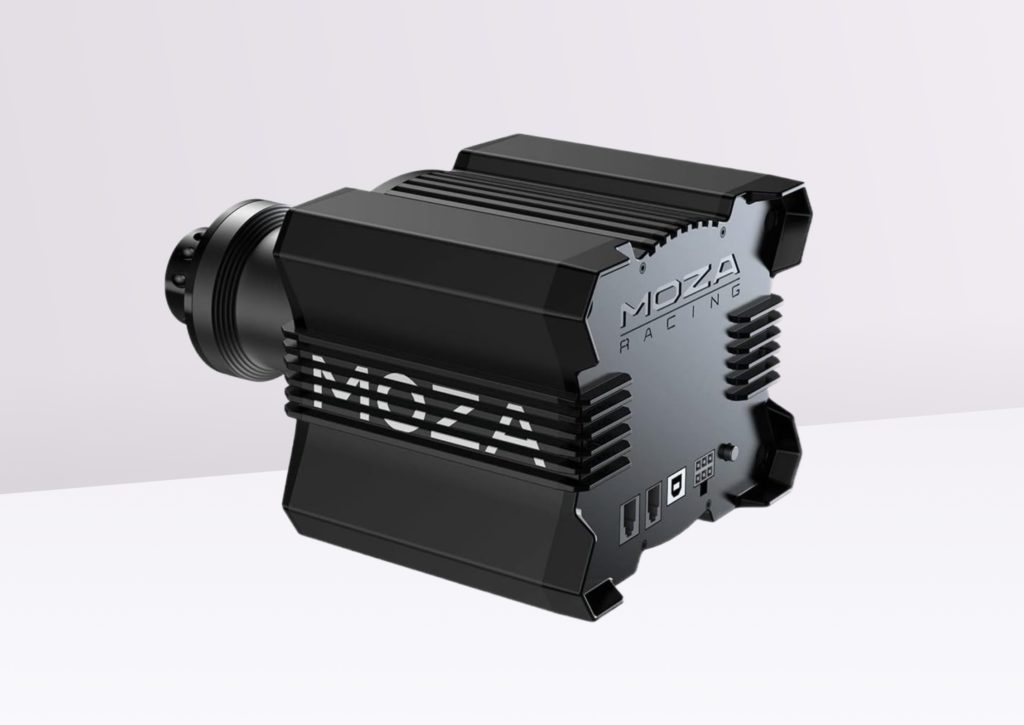
R9 base compatibility
When it comes to compatibility, Moza Racing does what everyone else does: its products only work within its ecosystem. So, if you pick up a Moza R9, you’ll have to immerse yourself body and soul in the brand, with steering wheels, pedals and all the rest.
As far as platform compatibility is concerned, the Moza R9 only works on PC, as do the Chinese manufacturer’s other products, and this is also the case with Simagic. But Moza has promised future products for Xbox and Playstation.
Value for money
This base can be exchanged for around €470 incl. VAT, giving it very good value for money when compared with competitors such as Fanatec. The build quality is right up there with the big names in sim-racing. What’s more, the 9 nm torque segment is more or less empty of competition for Moza, leaving it free to charm the hearts of new racers.
My verdict on the Direct Drive R9 base from Moza
Well, the Moza R9 is a product that I’ve really enjoyed, whether on semi-arcade or simulation. Sensations are excellent, feedback very well reproduced, but with a little blurring from time to time.
I highly recommend this base to racers who want to build up a complete setup, and especially those who aren’t afraid of new adventures and are ready to let Moza Racing prove what it can do over the long term.



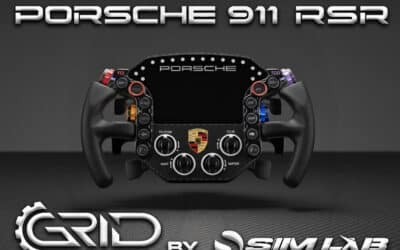

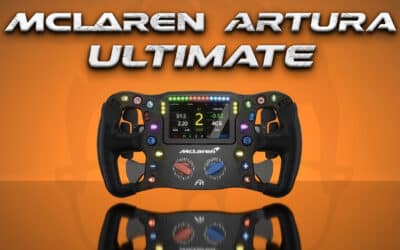
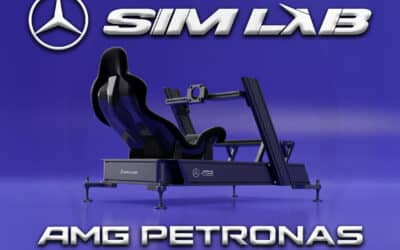
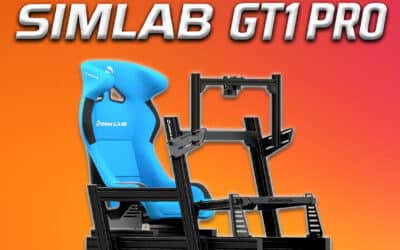
0 Comments